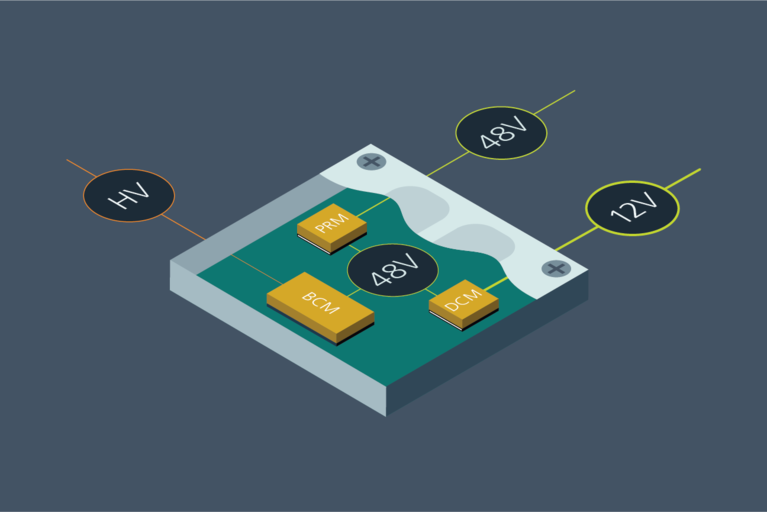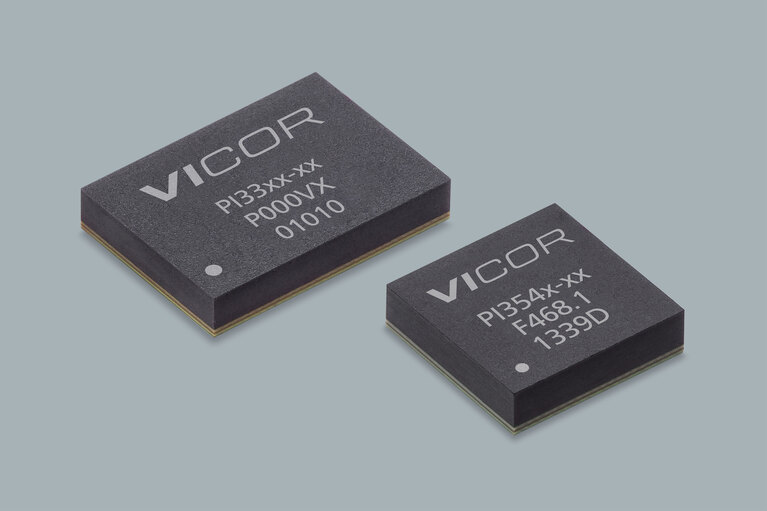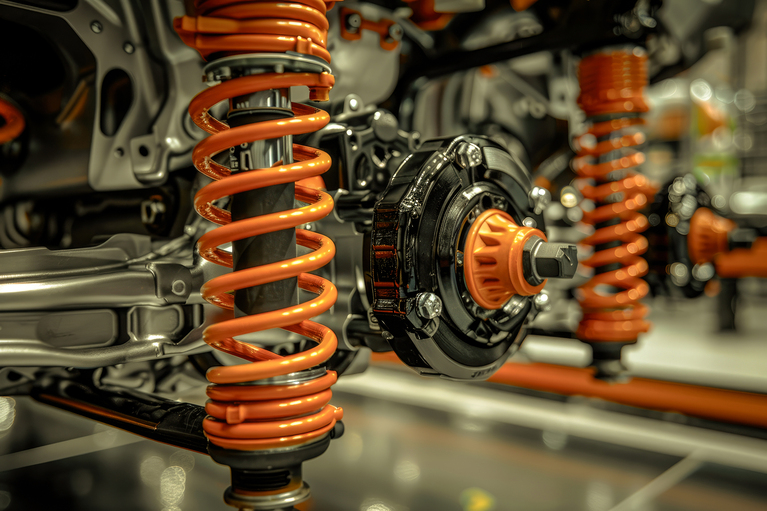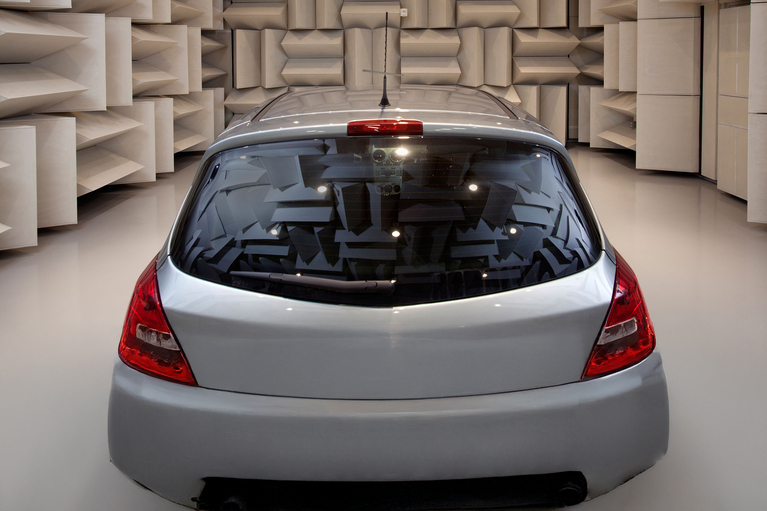
高密度功率模組簡化和縮小電動汽車電源系統設計
Vicor 電源模組為電動汽車應用注入創新。瞭解三款汽車級新產品將如何徹底改變未來的電源設計
在都市裏,您經常會看到大型全彩 LED 視頻顯示幕,用於在覆蓋建築物側面的位置做廣告。顯示幕的每個點數都是單獨驅動的,因此對用於將 AC 電源轉換為驅動 LED 所需恒流的電源系統提出了極具挑戰性的要求。
這些系統對其所用的電源組件有很高的要求。電源系統成本是一個明顯的問題,需要大量的電源組件來創建一款這樣的顯示幕。效率也是一個關注點,這並不奇怪,因為所消耗的電力是運行成本的重要因素,而且廣告商也不希望成為別人眼中的燒錢機构。
LED 的可靠性隨溫度的升高而降低,也就是說,如果可以减少電源系統的散熱,就可以延長 LED 的使用壽命。此外,通常也可以採用更高的强度運行 LED,這可新增顯示幕的亮度。熱量也會改變 LED 輸出的强度和波長,導致顯示幕上的照明不一致。
這些系統所用的電源組件還必須可靠運行,無論是在夏季的直射陽光下,還是在冬季的暴風雪中,都不能例外。維修或更換安裝在建築物高處的模組的成本很高,因此發生故障的代價特別高昂。與建築照明應用一樣,讓人在高處更換部件的成本和危險遠遠超過更換模組的成本。
也許令人驚訝的是,尺寸也是一個重要的判斷標準。這些顯示幕必須很薄,才能確保其儘量安裝在靠近建築物的位置,不必要的重量也會新增部署這些顯示幕的成本。
Vicor 電源組件具有高功率密度、高效率和高可靠性,非常適合這些應用。最近,我們看到客戶選擇 Vicor 最近榮登《EDN》熱賣 100 電源組件榜單的 48V 降壓轉換器,幫助他們實現設計目標。通過提供緊湊高效的 48V 直接負載點轉換解決方案,他們允許製造商使用 SELV 48V 母線在這些系統中配電。
今天,大多數顯示幕使用 AC 市電為每個面板配電。與使用 48V 相比,這種方法有幾個不足之處:使用市電電壓有重要的安全考量、AC-DC 轉換產生熱量的損耗會影響 LED 的使用壽命、亮度和色彩。
大型顯示幕的設計人員可通過直接從 48V 轉換,簡化其供電鏈,從而可在提高效率的同時,减少級數和所需的組件並降低系統成本。Vicor 降壓轉換器可實現易於安裝的可靠顯示幕,從而可降低安裝及維護成本。
Vicor 電源組件,ZVS 降壓系列產品
高密度功率模組簡化和縮小電動汽車電源系統設計
Vicor 電源模組為電動汽車應用注入創新。瞭解三款汽車級新產品將如何徹底改變未來的電源設計
高密度電源模組推動主動懸架技術日趨成熟
主動懸掛系統已從 20 世紀 90 年代的測試版發展成為今天的 48V 驅動系統。瞭解電源模組對電源系統設計的影響
先進的電源模組封裝優化了自動駕駛電動巴士的可用功率、可靠性和安全性
Vicor 的高效電源模組確保最少的散熱,降低對複雜冷卻解決方案的需求,並最大限度地提升功率輸出
基於 MHz 開關頻率的器件助力實現 DC-DC 轉換器和 EMI 濾波器的小型化
想像一下,使用 DC-DC 轉換器解決方案來利用高頻開關的優勢,而不會發生傳統解決方案的缺點



